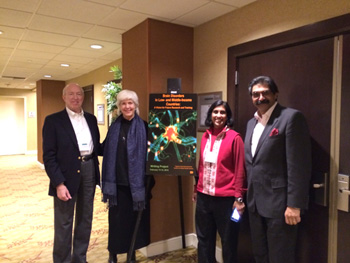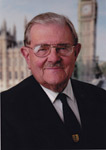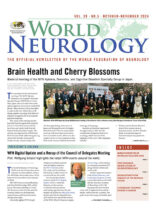By Mohammad Wasay, MD, FRCP, FAAN
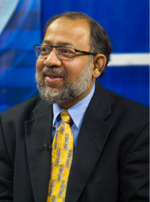
Mohammad Wasay
There are many days related to neurological diseases being celebrated by professional organizations in collaboration with the World Health Organization (WHO), national organizations and local health ministries, including World Stroke Day, Epilepsy Day and Rabies Day. These days have proven to be extremely helpful in promoting public awareness and generating advocacy throughout the globe, including non-developed Asian and African countries. For example, the World Stroke Organization announced a global competition for public awareness and advocacy campaign focusing on World Stroke Day.
Brazil in 2012 and Sri Lanka a year later won the competition creating a huge impact at the national as well as regional levels. All of the days related to neurology are linked to neurological diseases. A few years ago, Vladimir Hachinski suggested celebrating a day for healthy brains. The human brain is so fascinating and is so closely linked to the health of whole human being that we should promote healthy brains. The future of this universe is linked to our brains so we should start a global campaign. The Public Awareness and Advocacy Committee came up with the slogan of “Our Brains-Our Future.”
The World Federation of Neurology was established on July 22. The committee proposed that July 22 should be recognized as “World Brain Day.” This proposal was announced at the Council of Delegates meeting in September at the WCN. The proposal was received with a warm welcome by delegates, Hachinsky, WFN president; Raad Shakir, WFN president- elect; Werner Hacke, WFN vice president; and other officials. The BOT meeting in February approved this proposal as an annual activity.
Our target audience is young brains throughout the world, and we want to promote healthy brain and brain health. Young students and minds are highly interested in knowing how the brain works and how we can make it work better. Brain health is a huge topic covering many areas, including understanding of brain function, optimization of brain function, disease prevention, mental health and treatment of brain disorders.
We should target to approach one billion people around the globe to educate about brain in 2014. Most activities will focus on World Brain Day, but it is a year-long campaign. National societies should plan activities focusing on young school and college students. With the help of social and electronic media, the information could go to millions of people. All societies should share their plans and activities, and those organizations with highest impact public awareness activities should be awarded. We should especially focus on Facebook and Twitter to connect with millions of people. Our young neurologists’ network on Facebook could be a great resource for this campaign. We should use multiple languages, especially focusing on Arabic, Chinese, French, German, Hindi and Spanish. We also could develop a five-minute promotional video with brief introduction of WFN in multiple languages. This video could be shared by millions through YouTube and Facebook. We have more than 100 member societies. If we are able to organize a few hundred programs on July 22 in all of those countries, it is bound to create an impact. Member societies could organize press conferences, media briefing sessions, lectures, seminars, conferences and poster competitions. Quiz competitions (Brain Quiz) have been successful and popular among school and college students.
Complexity of brain and neurological diseases often become a barrier for public awareness. “You should speak plain when you speak brain” was suggested by Keith Newton of the WFN. Our message should be simple and easily understandable for lay people. We could design a logo for this purpose, which may be a simple global message. WFN and local organizations could start a poster- or cartoon-designing competition to explain brain function and improve public awareness. Best posters, designs or cartoons could be awarded. We expect thousands of entries for this competition and some of these entries could become logos for our future campaigns.
There are many organizations working in this area, including the International Brain Council, International Brain Research Organization, the American Academy of Neurology, the International League Against Epilepsy and the World Stroke Organization. We should work with them for this common agenda. Strong liaison and lobbying with the WHO is important. If the WHO adopts this day in future, then this could be a great success for the WFN. If we are able to build a momentum around the globe in the coming years, we are sure it will become a WHO day in the future.

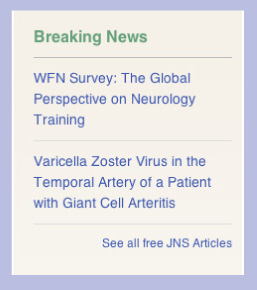 Elsevier already has introduced this feature, which is named “Your Paper Your Way (YPYW),” for several other journals in its portfolio. It has been so well received by authors that we will shortly begin offering this service to authors of manuscripts submitted to JNS. Taken together, these new options for manuscript formatting flexibility should make it easier for authors to submit manuscripts to JNS.
Elsevier already has introduced this feature, which is named “Your Paper Your Way (YPYW),” for several other journals in its portfolio. It has been so well received by authors that we will shortly begin offering this service to authors of manuscripts submitted to JNS. Taken together, these new options for manuscript formatting flexibility should make it easier for authors to submit manuscripts to JNS.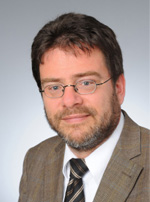
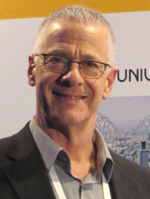
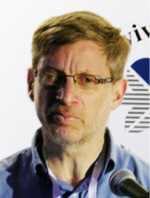
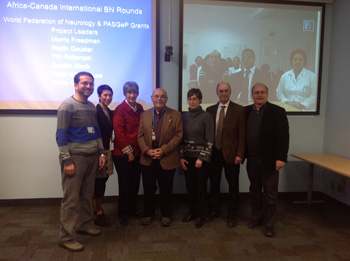
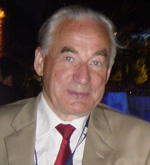 By Johan A. Aarli
By Johan A. Aarli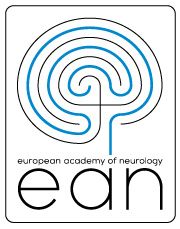
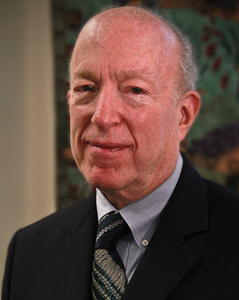
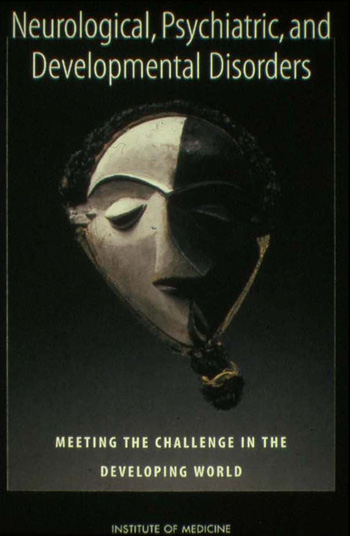 As part of their efforts, the GFHR offered competitive grants for the purpose of developing studies and reports dealing with specific problems. I applied for and received $150,000 as funding to develop a study of brain disorders in developing countries. I proposed to the Institute of Medicine (IOM) that they serve as the group to help develop the study. The IOM’s process is to assemble a team to discuss and then write the components of a study destined to become an IOM report. The process takes about one year to complete. I helped to establish the team of neurologists, psychiatrists, epidemiologists and social scientists who wrote the report that subsequently became the 2001 Institute of Medicine Report “
As part of their efforts, the GFHR offered competitive grants for the purpose of developing studies and reports dealing with specific problems. I applied for and received $150,000 as funding to develop a study of brain disorders in developing countries. I proposed to the Institute of Medicine (IOM) that they serve as the group to help develop the study. The IOM’s process is to assemble a team to discuss and then write the components of a study destined to become an IOM report. The process takes about one year to complete. I helped to establish the team of neurologists, psychiatrists, epidemiologists and social scientists who wrote the report that subsequently became the 2001 Institute of Medicine Report “